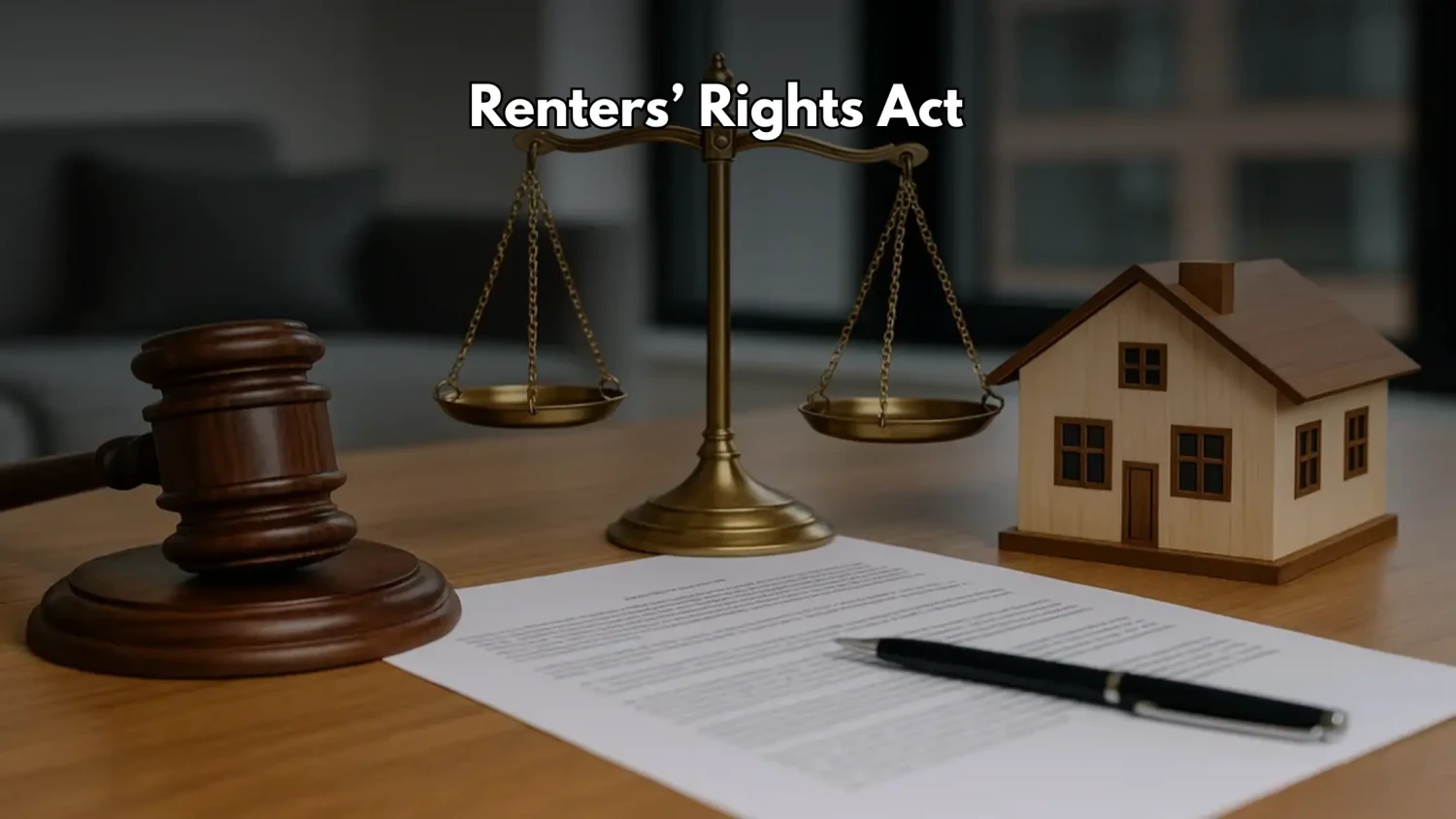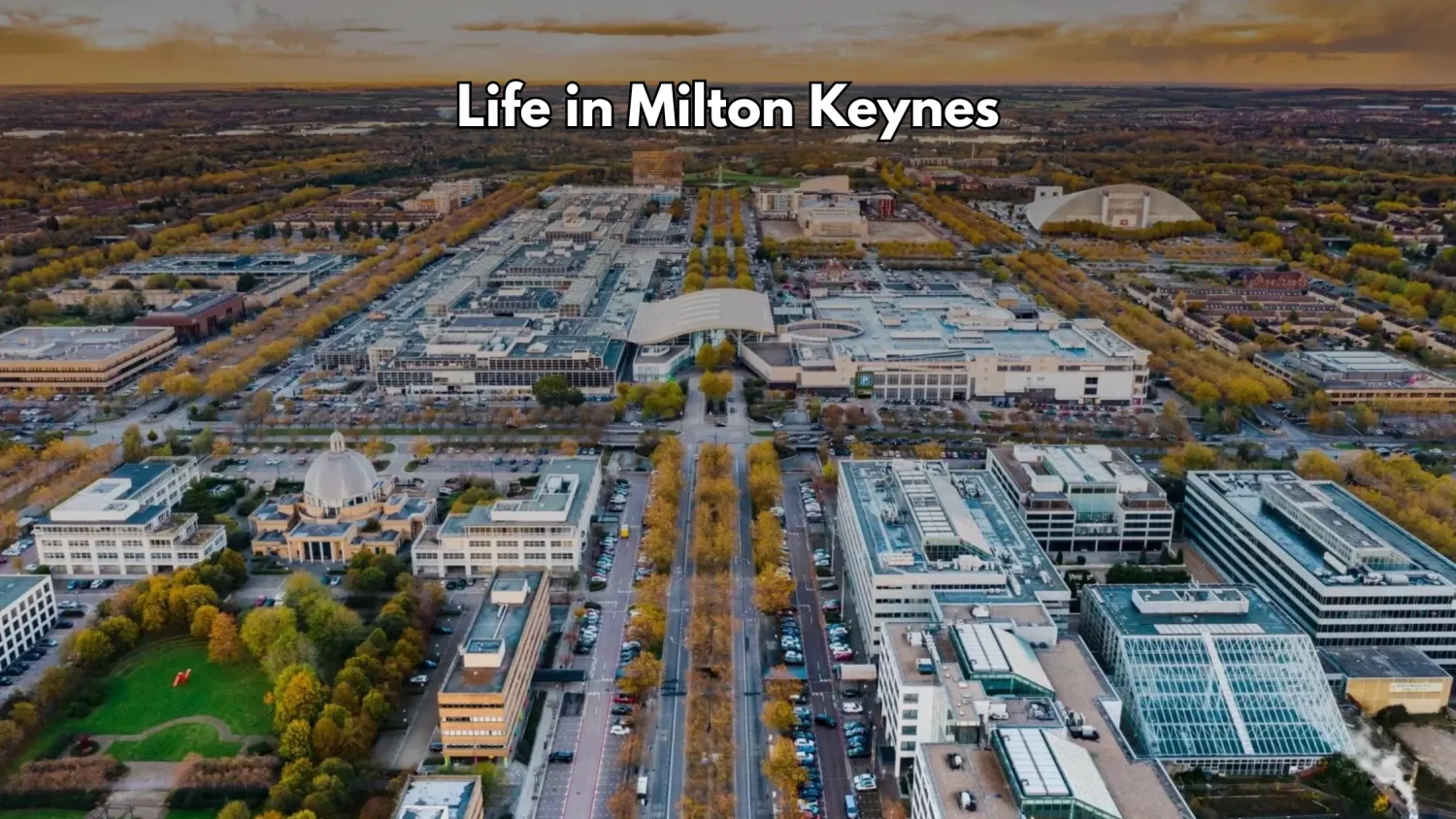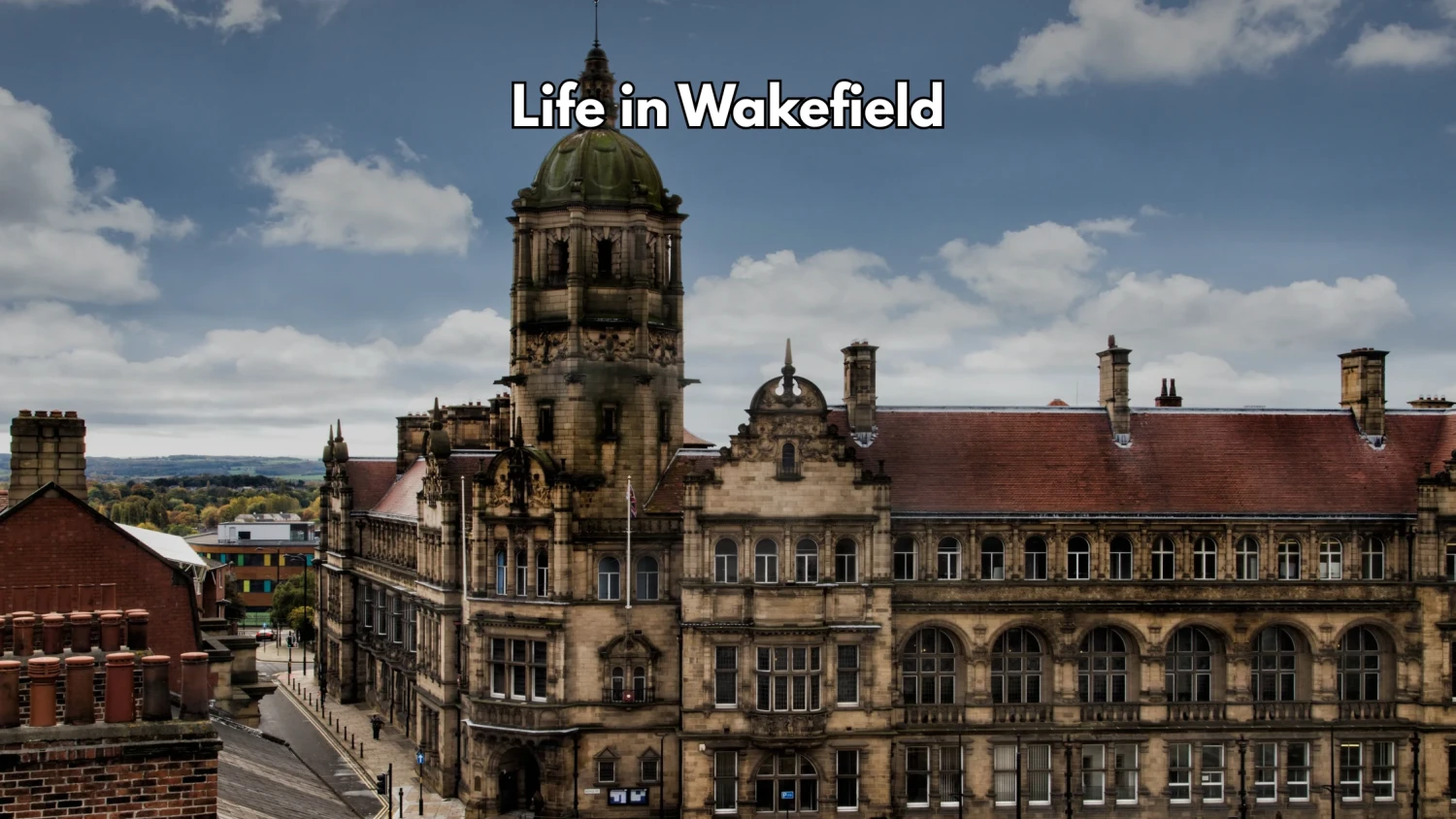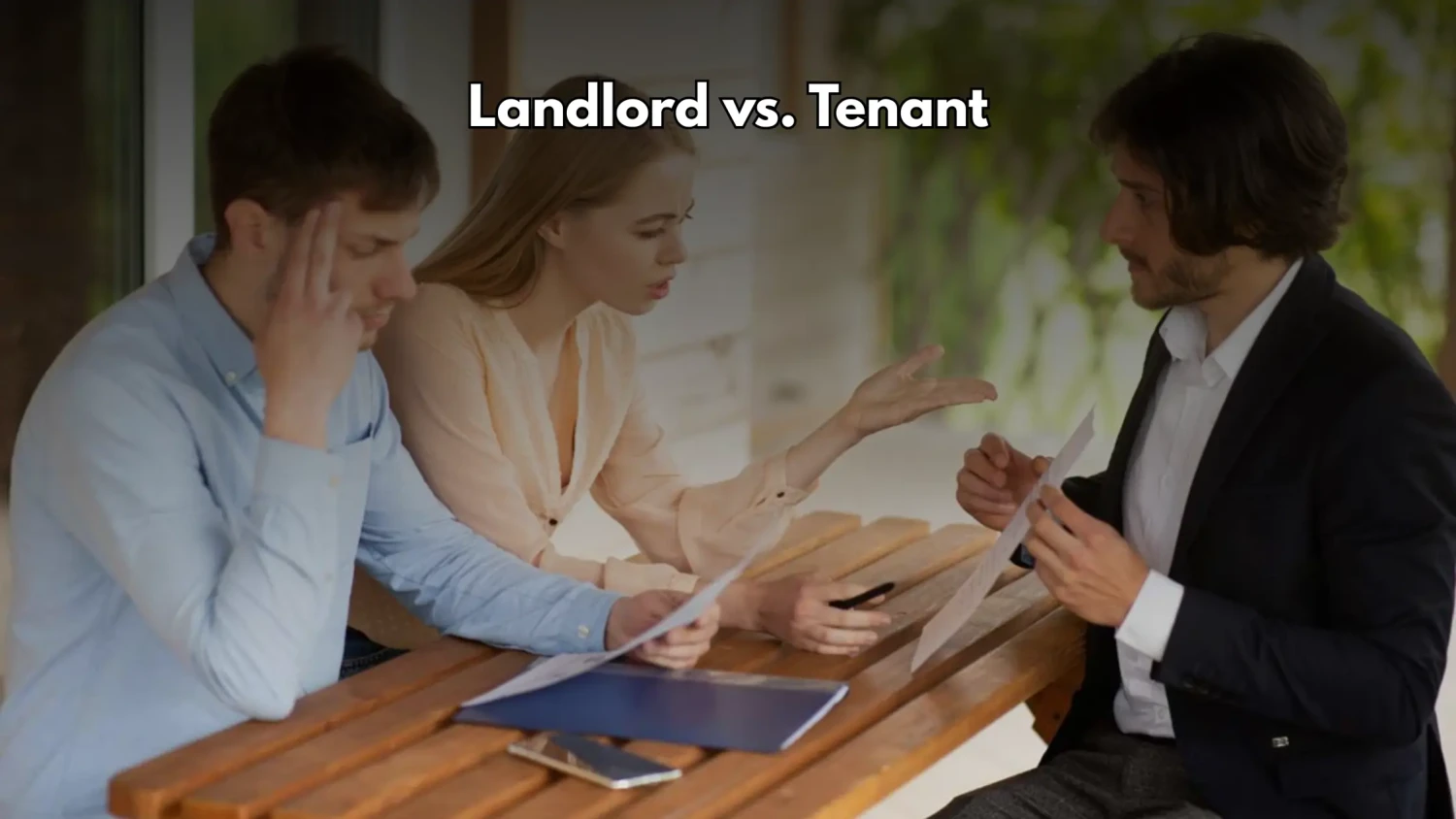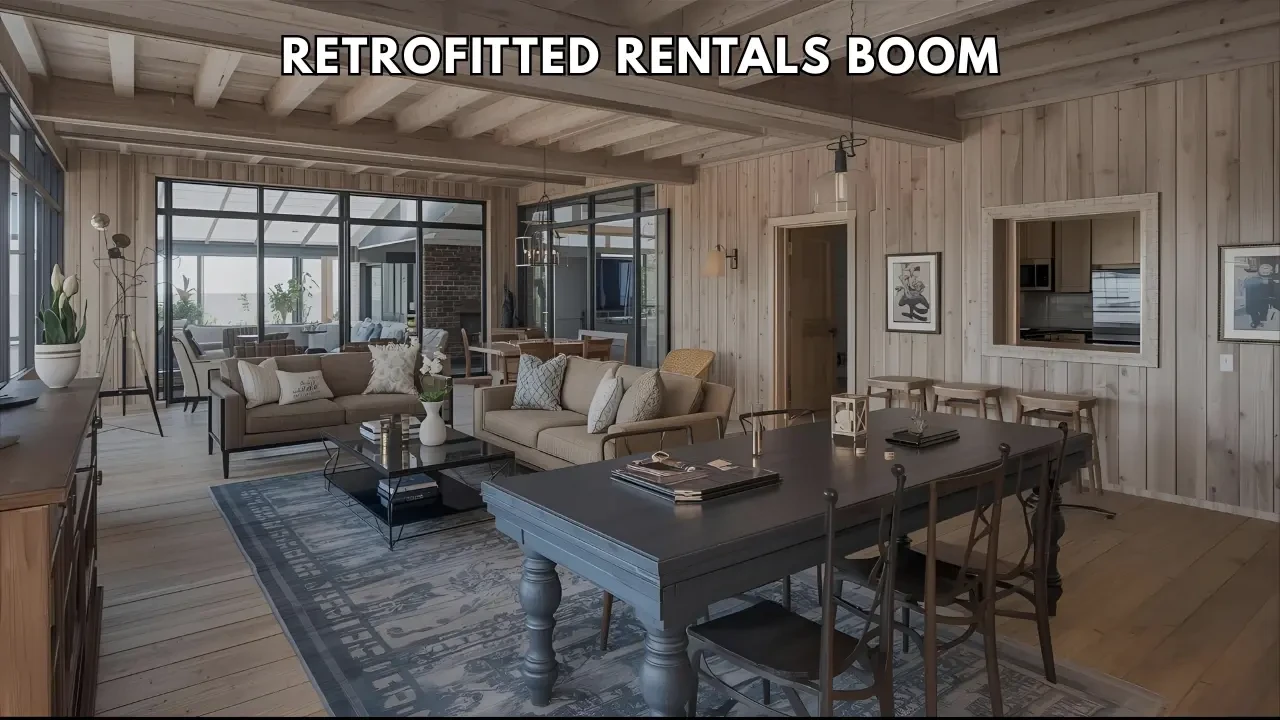
For many years, the UK housing crisis has been the main topic in the news, and all the stakeholders involved, including politicians, builders, and planners, have been advocating the same remedy: more houses. However, the problem of affordability is not going to be solved just by building new places. Even if new buildings take the spotlight and get the majority of news stories, the solution for affordability will be the retrofitting of existing social housing stock, a solution that is quietly, but more sustainably, emerging.
The latest house retrofitting study commissioned by BEIS showed that the energy-efficient and liveable homes could just be the real answer to the housing shortage. Social landlords, who are responsible for managing almost four millions homes, are located all over the UK and now with well-planned thermal retrofitting programmes many dwellings can be converted into affordable and comfortable rentals.
The Case for Retrofit Over New Build
As property is treated more and more as a speculative investment rather than a public good, the construction of new houses has not led to any improvement in the affordability of housing. The per capita number of housing units in the UK has only slightly increased, but at the same time, prices have gone up threefold since the year 2000. A large portion of this housing stock is not being used to its full potential, it comprises second homes, short-term rentals, or completely unoccupied houses.
Retrofitting is altogether a different story, as it concentrates on the improvement of existing housing instead of new constructions. Insulation and heating systems are upgraded, and energy-efficient glazing and ventilation are installed; retrofit work brings existing housing to modern living standards while cutting carbon dioxide emissions and lessening fuel poverty. Rather than investing billions in some new constructions that often drive local house prices up, the strategic retrofit schemes can make a real difference in terms of affordability and comfort for the people who need it most.
The Barriers Holding Back Progress
The large-scale retrofitting option is great but on the other hand presents a tough challenge to deal with. The interviews carried out with 40 providers of social housing and eight suppliers of retrofitting pointed out many barriers, and the most important one was the fragmented funding structures. Maintenance and improvement budgets are frequently separated, and thus energy upgrades do not coincide with the upgrading works that are routine, for instance, the replacement of kitchens or bathrooms.
The lack of knowledge is another factor. A number of housing providers and contractors do not know or use the thermal retrofit techniques or the standards set by frameworks like PAS2030, which is why they are considered low reliability. The government continues to shuffle its strategies and change the funding mechanisms, for example, variations to the Energy Company Obligation (ECO), which has made the housing filling up a long-term investment less attractive.
Retrofit work generally has to share with the more visible projects, such as new building and fire safety measures recommended by the Hackitt Review, not only the attention of the management but also the funding. The majority of landlords are willing to admit that energy efficiency is a very low priority in comparison with satisfying Decent Homes standards or increasing the size of their housing stock.
Unlocking Retrofit Potential
However, the pathways leading to a retrofit boom are clearly defined despite the barriers. Social landlords who have committed energy efficiency plans ,for instance, Clarion Housing Group, which aims at homes with low Standard Assessment Procedure (SAP) ratings) demonstrate what can be accomplished when retrofit is treated as a vital part of long-term asset management.
The government could intervene to bolster these activities by unifying retrofit incentives with landlords’ existing stock condition surveys, easing accessibility to ECO funding, and introducing best-practice frameworks for procurement. Better cooperation between maintenance and improvement groups could also lower the costs involved by carrying out the planned works together with the energy upgrade.
Retrofitted Rentals: A Smarter Growth Model
The process of retrofitting old houses brings up the energy performance of the houses and brings life to the rental market. The new houses have less cost of living, better quality of life, and more secure tenants, especially for those living on low income. When retrofit programs are done on a large scale, a large number of the underperforming homes can be turned into quality and affordable rentals.
This way of doing things also does not put a burden on the environment as new construction on a large scale would. Urban "footprints" do not have to extend with new developments; rather, retrofitting the existing housing allows the UK to meet the housing demand in a sustainable way while at the same time reducing carbon emissions and saving on fuel costs.
A Hidden Solution Waiting to Scale
Debate about housing in the UK is usually about new supply, but the statistics indicate otherwise. There is not a shortage of houses, but rather, it is about their usage, upkeep, and worth. Retrofitting has the potential to bring about a major change: the conversion of existing, often overlooked, buildings into cost-effective and energy-efficient homes that not only accommodate but also uplift communities.
A robust retrofitted rental boom, characterized by very clear policy guidance, financial reforms, and the establishment of superior technical capacity, could eventually emerge as the mainstay of UK's housing strategy that conciliates with the government’s ambitions of dealing with energy poverty, cutting down emissions, and alleviating the housing crisis without the necessity of erecting another brick wall.

